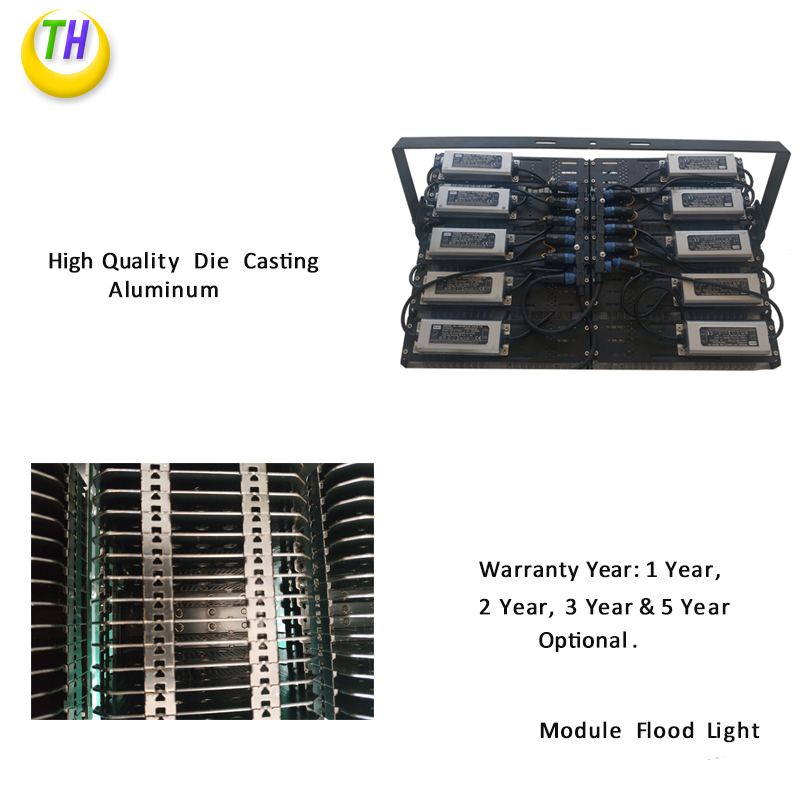Barriers to use for LED light diffusion.
- Time of issue:$dateInfo
- Views:0
Barriers to use for LED light diffusion.
(Summary description)Barriers to use for LED light diffusion.
- Categories:CASES
- Author:
- Origin:
- Time of issue:2020-08-25
- Views:0
Barriers to use for LED light diffusion.
Paper, plastic , aluminum-virtually any semi-transparent or opaque material can create an excellent barrier for your LED lights to get diffused through.
Aluminum LED strip extrusions.
One of the easiest things you can do for your LED strips is to get an aluminum opaque extrusion from the local hardware store, You'll have to find on that's the right size and length for your LED strips but that should be relatively easy.
Most such aluminum extrusions ahve either flat or curved diffuser screens. The depths of siad screens can vary, usually betwen 10mm and 17mm.Curved and higher screens will offer more diffusers while lower flat ones-less. Which you choose is up to how much diffusion you want.
Good ol' paper
Something as simple as a white printer paper can make for an excellent light diffuser. It's affordable and it's easily malleable into whatever shape you want.With very minimal DIY efforts you can create an excellent paper diffuser screen for any LED light fixture.
You can use commercial frames for the lights that you've removed the glass from or you can insert pieces of paper behind the glass covers of said frames. Or, you can make your own"diffuser frames" from cardboard,wood , plastic ,metal , or whatever you like.
Fabrics.
Standard woven fabrics are flat , not-stretchy, and offer excellent diffusion for LED lights.They are even easier to work with than paper and are more durable . You can use them to diffuse both ceiling light fixtures and decorative lights.
Knit fabrics, on the other hand, offer a whole different type of diffusion. Depending on their knitting they can be used for some spectacular decorative diffusion but they're not a good choice for standard lighting fixtures.
Glass.
We're used to thinking of glass as someting 100% transparent because most of the glass items around us are meant to act this way. Glass can have some pretty nice diffusing properties, however, and is often used in lighting fixtures. Whether it's by being slightly colored or simply thick, it can diffuse LED lights to a varying degree, depending on your preferences.
Acrylic, plastic ,rubber ,and other opaque materials.
Really , you can use any semi-transparent surface as a light diffuser,One very easy and simple example is ping pong balls-just cut a part of them for the LED lights and place the balls on top of them , similarly, you can use any other plastic or acrylic material for light diffusion.
Thermoplastic, glue, or other adhesives.
For something even more interesting yu can use glue or thermoplastic, The type of glue you use will make a difference but anything malleable and transparent can make for a great ligth diffuser once it sets and solidfies.

For more detail please contact :joe@tonghuilighting.cn ,vicky@tonghuilighting.cn
Telephone No. : 0086-15753273917, 0086-15318718647
Scan the QR code to read on your phone

E-mail: info@tonghuilighting.cn
ADD: No. 1, Guiding Road, Licang District, Qingdao, Shandong, China
Tel: +86-532-80928966 +86-532-80925662


